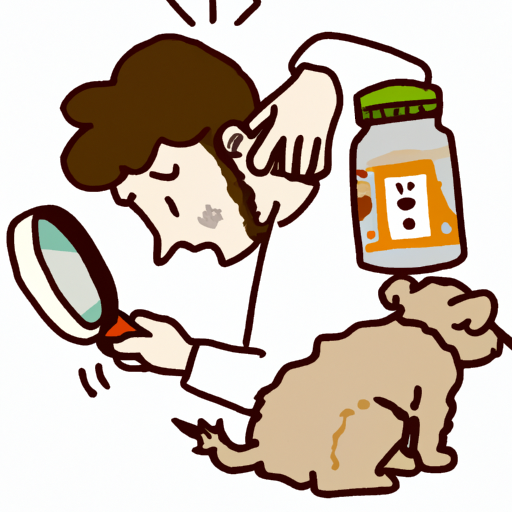Introduction
Fleas are a nightmare for any pet owner. These tiny parasites can make your beloved pet’s life miserable and can even cause a severe allergic reaction. But fear not, for I am here to guide you on how to rid your canine companion of these pesky parasites.
Understanding the Enemy
Fleas are small, wingless insects that survive by feeding on the blood of their hosts. Dogs are perfect hosts for these pests. Fleas can cause a variety of problems for your pet, including:
-
Flea Allergy Dermatitis (FAD): This is an allergic reaction to flea bites. It can cause severe itching and inflammation on your dog’s skin.
-
Tapeworms: Fleas can carry tapeworm eggs. If your dog ingests a flea while grooming, it can become infected with these parasites.
-
Anemia: Severe flea infestations can cause anemia in puppies and weak or elderly dogs.
How to Detect Fleas on Your Dog
Detecting fleas early can prevent these parasites from causing severe health problems for your pet. Here are some signs you should look out for:
- Excessive scratching, licking, or biting at the skin
- Hair loss
- Flea dirt (looks like black pepper, but when you put it on a wet paper towel, it turns red because it is blood)
- Visible fleas (adult fleas are about the size of a sesame seed and dark brown)
How to Get Rid of Fleas
There are several ways to rid your dog of fleas. Here are some methods you could consider:
-
Topical Treatments: These are liquids that you apply to your dog’s skin, usually between the shoulder blades. They kill fleas and prevent future infestations.
-
Oral Medications: These are pills or chewables that your dog eats. They work by either killing fleas outright or disrupting their life cycle.
-
Flea Collars: These collars release chemicals that kill fleas. They are a long-term solution, but they may not be as effective as topical treatments or oral medications.
-
Natural Remedies: Some pet owners prefer natural remedies, like bathing their dogs with a mixture of vinegar and water, or using essential oils.
| Method | Pros | Cons |
|---|---|---|
| Topical Treatments | Effective; easy to apply | Some dogs may have skin reactions |
| Oral Medications | Fast-acting; disrupt life cycle | May have side effects |
| Flea Collars | Long-term solution | Less effective |
| Natural Remedies | No chemicals | Not as effective; may not kill all life stages |
Cleaning Your Environment
You must also clean your environment to get rid of any flea eggs or larvae. Wash your dog’s bedding and toys in hot water, vacuum your home thoroughly, and consider using a safe insecticide on your yard.
FAQ
Q: How often should I treat my dog for fleas?
A: It depends on the product you are using, but usually once a month is recommended.
Q: Can I get fleas from my dog?
A: Yes, fleas can jump from your dog to you and bite you, but they prefer to live and breed on dogs and cats.
Q: Should I consult a vet before using flea treatments?
A: Yes, it’s always a good idea to consult with your vet before starting any new treatment for your pet.
Remember, prevention is always better than cure. Regularly check your dog for fleas, and if you notice any signs of infestation, act quickly to get rid of these pests. With these tips, you can ensure that your furry friend stays flea-free and happy!



